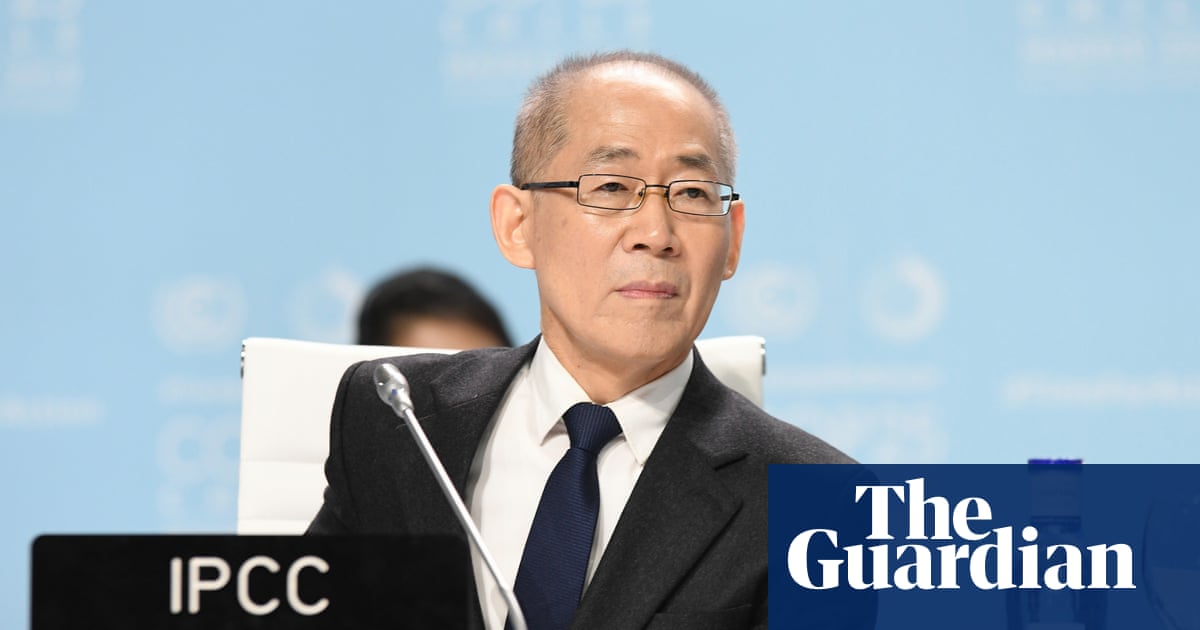
In asset management, size matters because it gives materiality and buying power.
Under Vision 2030, which aims to wean Saudi Arabia off its dependency on oil, the Kingdom is keen to establish national champions. The quest for efficiency straddles all aspects of the economy.
Therefore, it made sense when the Saudi Cabinet approved the merger of the country’s Public Pension Agency (PPA) and the General Organization of Social Infrastructure (GOSI) last week. Finance Minister and GOSI Chairman Mohammed Al-Jadaan said that combining the entities will boost investment returns, reduce costs and help with portfolio diversification.
The merger catapults the combined entity into the big league among pension funds and social welfare institutions, with assets worth an estimated $250 billion according to Bloomberg. The world’s largest pension fund is Japan’s Government Pension Investment Fund with $1.7 trillion under management, ratcheting down to the New York State Common Retirement Fund with $255 billion, holding place No. 10. The newly established Saudi entity will play in the league of the latter and may ascend the ranks thanks to a highly professional management.
The new entity is a significant shareholder in several Saudi corporations like the Saudi National Bank or Al-Rajhi Bank, as well as in equities abroad, such as AstraZeneca or HSBC holdings.
Streamlining the social welfare infrastructure makes sense from a macroeconomic perspective as the Kingdom develops and diversifies in line with Vision 2030. It also makes sense to have a core focus and national champion for state pensions and social insurance. A single point of contact facilitates the administration operationally and from a national perspective. Mergers always provide opportunities for synergies, which help reduce administrative and overall costs as well as streamline operations.
The combined entity is much smaller than the Public Investment Fund, which boasts assets worth $430 billion and is poised to grow to $1 trillion by 2025.
Cornelia Meyer
From a fund management perspective, there are only upsides to a bigger combined entity. The negotiating power, vis-a-vis investee companies, grows commensurate to a fund manager’s size and assets under management.
Combining the PPA and GOSI also makes sense from a risk management perspective because the combined entity allows for a more comprehensive structuring of risk by avoiding risk concentration. The separate entities may hitherto not have been fully aware of each other’s portfolios. As a major investor, the new entity will also become a significant player in regional bond markets, which are very hot given the current issuance bonanza of sovereign, public and private entities across the Gulf Cooperation Council.
The investment company Hassana Investment Co., which provides investment management services to the GOSI, has already been using its clout — for instance, by joining an EIG Global Energy Partners-led consortium with China’s Silk Road Fund, Samsung Asset Management and Mubadala Investment Co. to acquire 49 percent of Aramco Pipelines Co., giving investors the right to 25 years’ worth of tariffs for oil transported through the national oil company’s pipeline network.
Combining the PPA and GOSI will open opportunities along this line on a national, regional and global scale. The combined entity is much smaller than the Public Investment Fund, which boasts assets worth $430 billion and is poised to grow to $1 trillion by 2025. Still, among its peers in the space of social insurance, combining the PPA and GOSI catapults the united entity into the big league. In a world where size increasingly matters for asset managers, this has to be a welcome development.
• Cornelia Meyer is a Ph.D.-level economist with 30 years of experience in investment banking and industry. She is chairperson and CEO of business consultancy Meyer Resources.
Twitter: @MeyerResources.
Disclaimer: Views expressed by writers in this section are their own and do not necessarily reflect Arab News" point-of-view












